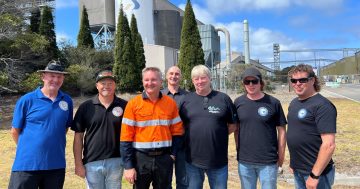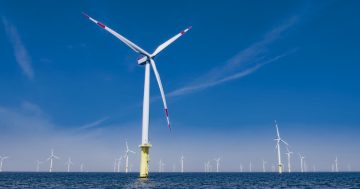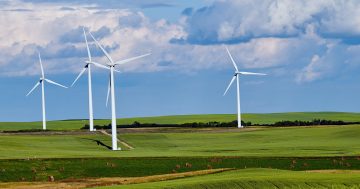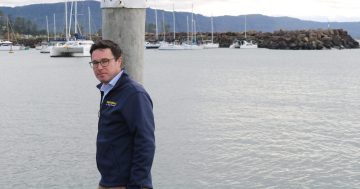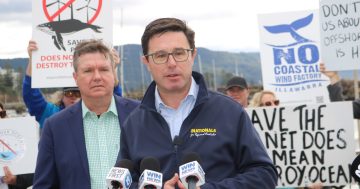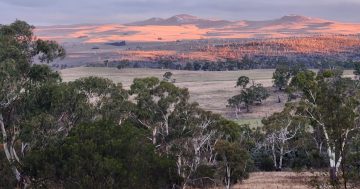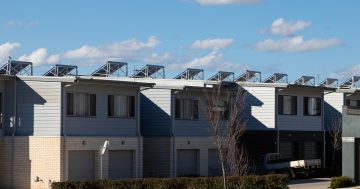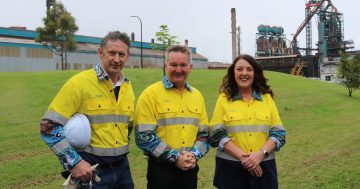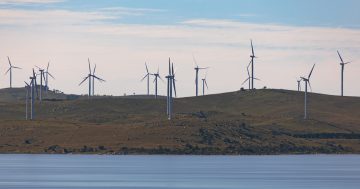
From the Marlston Hill lookout pictured here, it is 41 km to the declared offshore wind zone. Photo: DCCEEW.
A 4000 sqkm area has been declared off the Bunbury coast for a new wind farm, which is expected to power all the homes and manufacturing industries in the southwest.
Following extensive discussions with the local community, the Commonwealth has finalised Western Australia’s first offshore wind zone. The initially proposed zone was amended to be at least 30 km from the shore at its closest point.
Climate Change and Energy Minister Chris Bowen said the declared area was a vital step towards securing WA’s energy grid with reliable renewables.
“With an estimated 50 GW of new generation required by 2042, Western Australia needs new sources of electricity to power homes and industry,” he said.
“Offshore wind can help meet that demand – harnessing consistent, high-speed winds to provide reliable renewable energy throughout the day and night, with one rotation of an offshore turbine generating as much power as an average rooftop solar installation makes in a day.”
This declared area in the Indian Ocean off the Bunbury region coast, has the potential to supply 11.4 GW of electricity.
In other words, according to the government, it will be enough to power all the homes and manufacturing industries in the southwest of Australia.
Minister Bowen said the zone, which is part of the Federal Government’s Reliable Renewables Plan, would create almost 7000 jobs during construction. On an ongoing basis, there will be 3500 jobs for engineers, electrical technicians, cable installers, boilermakers, crane operators, riggers, seafarers, dockworkers and administrators.
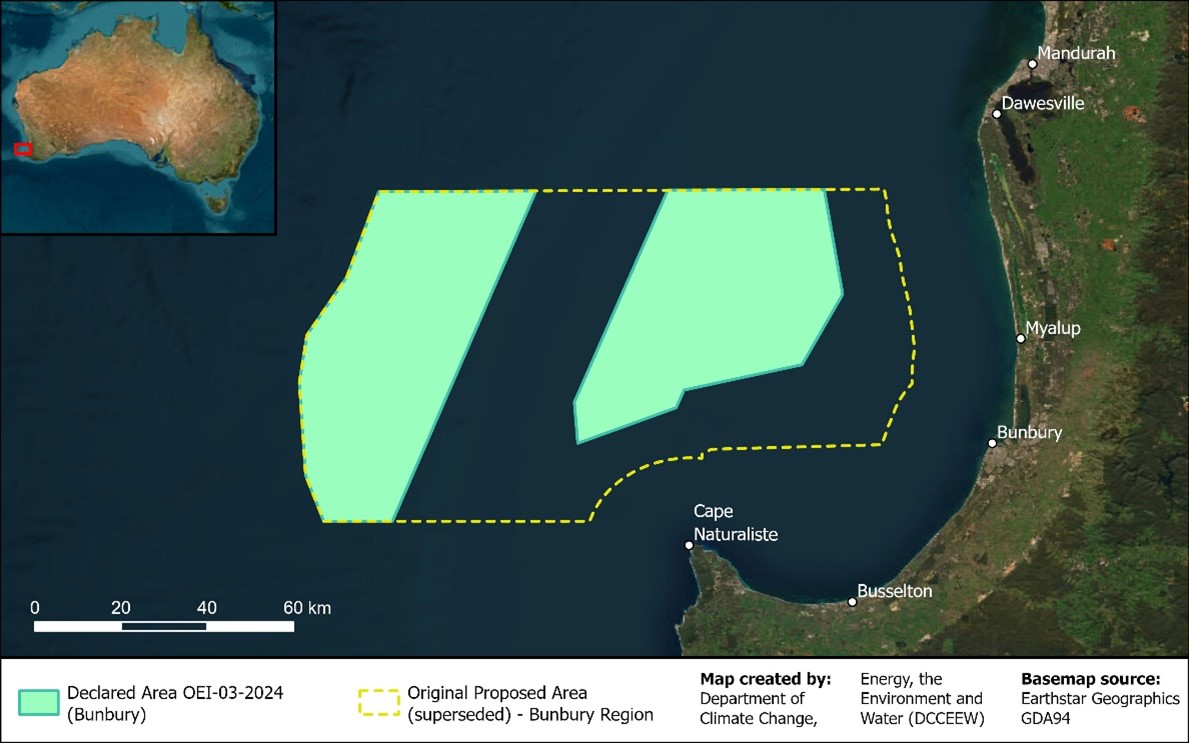
A map of the Bunbury offshore wind area, showing how consultation led to the zone’s size being reduced by about half. Photo: DCCEEW.
During consultation, requests also led to more than 60 per cent of the recreational fishing areas being excluded. This includes the Naturaliste Reef and further separation from breeding areas and migratory paths for southern right whales.
Fishers will still be able to travel and fish within the zone, as already happens in the United Kingdom and Denmark. There will only be a 50-metre exclusion zone around the turbines, which will be two km apart from each other.
Climate Change and Energy Assistant Minister Josh Wilson noted that all offshore wind projects would be required to maximise their use of domestic supply chains and closely consult with local industry on their plans.
He said this was to ensure the region’s workers and businesses benefitted from the new industry’s establishment.
“Adding offshore wind to WA’s diversity of renewable options is particularly important in WA’s electricity network because it’s a self-contained system, unlike the interconnected system in the eastern states.”
The application period for feasibility licences in the zone opened yesterday (3 September) and closes on 6 November.
Licences will only be awarded to developers whose proposed projects do the most to incorporate Australian materials and manufacturing, who consult with local industry, protect the environment, share the marine space and provide benefits to workers, businesses and communities – once the feasibility stage is complete and developers have gained subsequent environmental and management plan approvals.


